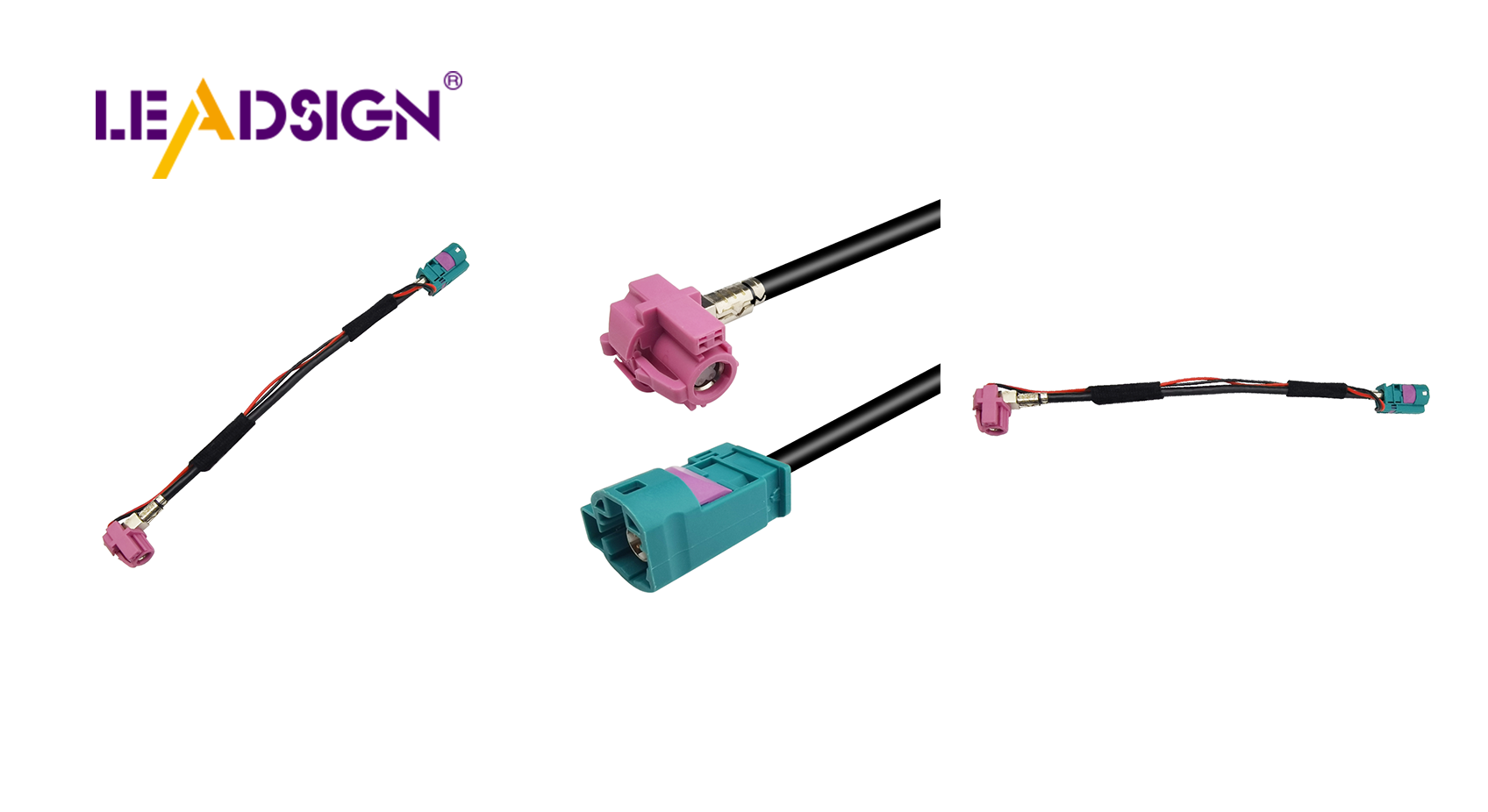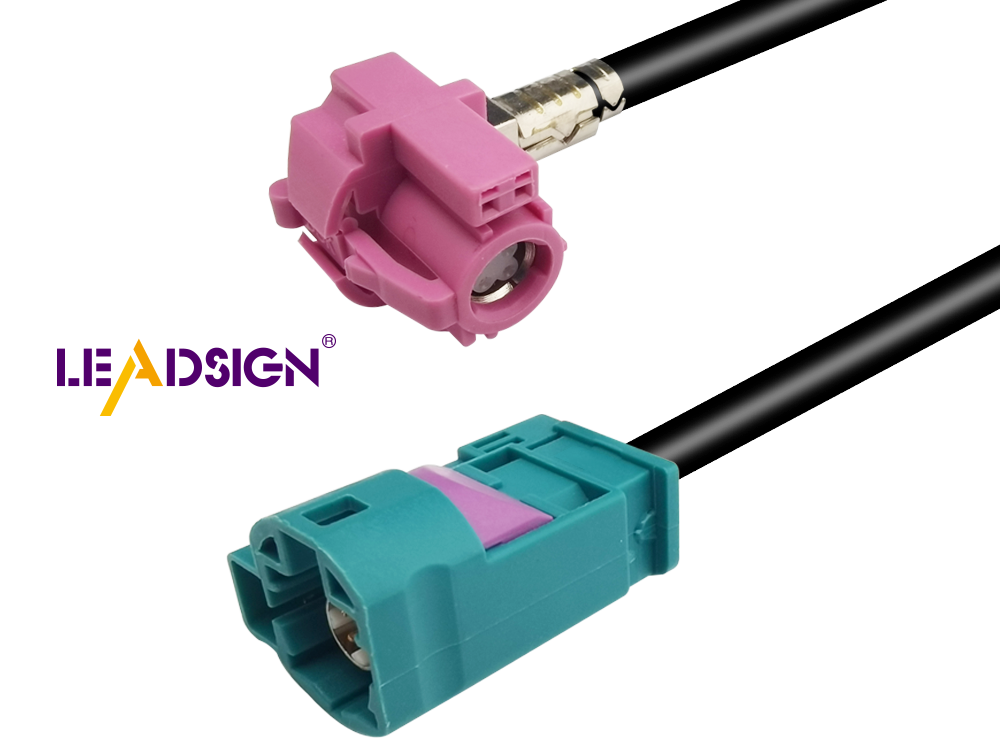Custom Power Cables Made Easy

Custom power cables are important in many industries. They make sure connections work well and fit specific needs. In car electronics, companies need many custom cable harnesses for projects. This shows how important they are. The world power cable market might reach $98.4 billion by 2030. This shows their growing importance. Making custom cables is easier now with new tools and resources. You can design cables to fit your exact needs, improving efficiency and performance in different uses.
Understanding Custom Power Cables

Custom power cables are very important. They help your devices work well. Knowing how to design them is useful. It lets you make cables that fit your needs.
Basic Considerations in Custom Cable Design
When making custom power cables, think about some key things.
Specifying Terminals
Terminals are where cables connect to other parts. Pick the right terminal for a strong connection. In cars, you might need terminals for fast data, like HSD Connector systems. These are used for USB and digital electronics.
Determining Cable Length
Cable length matters a lot. Measure the distance between points carefully. This makes sure the cable fits right, not too loose or tight. For radar work, correct length helps connect antennas quickly.
Selecting Cable Gauge
Cable gauge means wire thickness inside the cable. Thicker wires carry more current but bend less easily. Choose a gauge that matches your power needs. For LED UV curing, cables should carry high currents and stay flexible.
Material Selection
The materials in cables affect how they work and last. Copper or aluminum is often used because they conduct well. Insulation and protection depend on use. A nylon cord in a custom cable adds strength and flexibility.
By knowing these basics, you can design custom power cables that fit your needs for different projects like car electronics or radar setups.
Design Needs for Custom Power Cables
Knowing the Final Use
First, know where the custom power cables will be used. Each use has special needs that shape the cable's design. In car electronics, you might need cables for fast data transfer. This is key for things like USB or digital systems. Sometimes, a new cable is needed to look better and be stronger.
Different Uses Need Different Features
Different uses need special cable features. For example, a LED-based UV curing solution needs cables that handle high currents and stay bendy. A track system might need a custom cable to power it well. By knowing these needs, you can make cables that fit perfectly.
Customizing for Each Use
Customization helps solve each use's challenges. You can pick materials, lengths, and thicknesses that fit best. Talking often with makers can make production faster and easier. This makes sure your custom power cables work well and are just right.
Environmental Conditions
The environment affects how custom power cables are made. Think about temperature and other factors to keep the cable working well.
Thinking About Temperature
Temperature changes how custom power cables work. Hot places might need special insulation to stop overheating. Cold places might need materials that stay soft and work well. By thinking about temperature, you make sure cables work in all conditions.
Protecting Against Environment Factors
Custom power cables must handle things like water, dirt, and chemicals. Cables outside or in factories need strong protection from these things. Picking the right materials helps them last longer and work better.
By meeting these design needs, you make custom power cables perfect for their jobs. This makes them efficient and ensures they meet all standards.
Tools and Resources for Making Custom Cables Easy
Making custom power cables might seem hard. But with the right tools, it becomes easy. This part will show you some great tools to help you make your own cables.
Online Cable Design Helpers
Online cable design helpers are great tools. They make designing custom cables simple. You can put in what you need, and they create a design for you.
What Helpers Offer
Easy to Use: Most helpers are easy to use. They guide you step by step. You can pick things like cable type and length.
See Your Design: Many helpers let you see your design as you go. This helps you decide if it looks right.
Know the Cost: Helpers often tell you how much your project will cost. This helps with planning and budgeting.
Check Fit: Some helpers check if your design fits with other parts or systems.
Using Helpers Well
To use online helpers best, do this:
Know What You Need: Before using a helper, know what your cables should do and where they'll be used.
Try Different Choices: Look at different options like materials and lengths to find what's best for you.
Look Over Your Design: Use the visual feedback to check your design. Change things if needed so it's just right.
Ask for Help: If you're not sure about something, ask an expert or customer service for advice.
Important Tools for Building Cables
After designing, you'll need tools to build your cables well.
Cutting and Stripping Tools
Cable Cutters: Good cutters are important for neat cuts without harming the cable.
Wire Strippers: These take off insulation from cable ends so they can connect properly.
Crimping and Soldering Tools
Crimping Tools: These attach connectors securely to cables, making them work well together.
Soldering Gear: For soldered connections, get good soldering gear for strong bonds that last long.
A happy customer said, "We found your company online when looking for a cable maker. We've had no problems with quality using these cables."
By using these tools and resources, making custom power cables is easier than ever! Whether it's for cars or factories, these tips help create top-notch results.
In this blog, you learned about custom power cables. They are important for many reasons. Custom cables make devices work better. They fit special needs in cars and factories.
Customer Testimonial: "The cable we got is high quality; the price and your help made us choose your product."
Look into custom cable solutions for your needs. With a good plan, you can improve projects and get great results.
See Also
Unlocking the Potential of FAKRA Coaxial Wiring
Enhancing Entertainment: Harnessing HSD to USB Connectivity
The Significance of HSD Cable Integration in Contemporary Tech
The Flexibility and Advantages of FAKRA Connector Cables
Enhancing Auto Data Transfer: Cutting-Edge Connectors and Wiring

